This week’s Horrregon Edition of our Raiders of the Lost Archive series rightly celebrates an icon of Oregon’s rich cartoon and comic history: Dark Horse Comics and Mike Richardson. It’s easy to argue that Mike is one of, if not the most successful and lucrative film producers here in the state, and we’re proud of that. Our RotLA post this week takes us back to the very first film Mike produced which twists the proverbial knife into many iconic Portland locations in a fun, unique and ultimately horrific fashion (and you may never look at Franklin High in the same way again).
Raider/Contributor Phil Oppenheim takes us deeper into the twisted waiting room of…
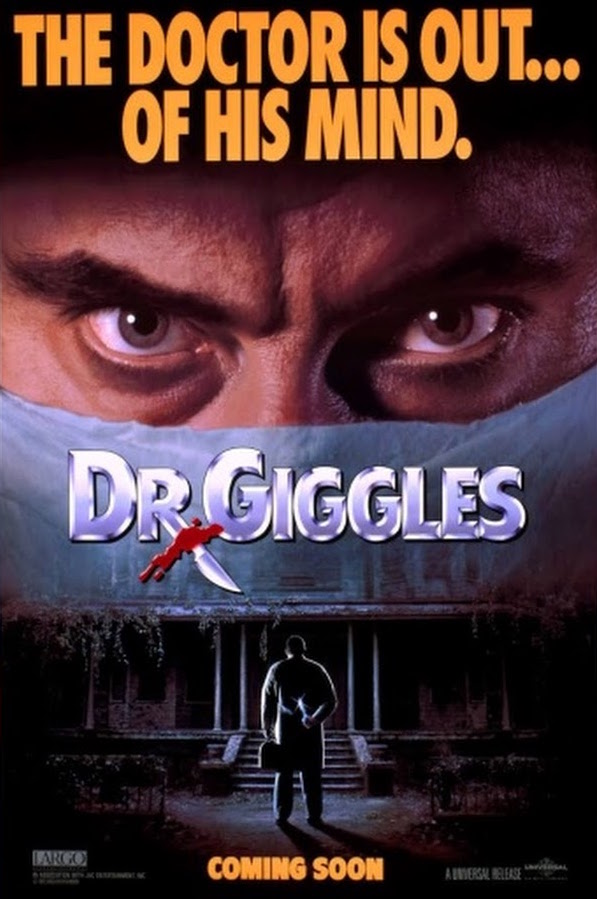

When little monsters dressed as Hellboy, Conan the Barbarian, The Mask, zombies and plants from Plants Vs. Zombies, samurai bunnies or any one of hundreds of characters made famous in the pages of comic books start banging on your door demanding Pop Rocks and miniature Kit Kat bars in a couple of weeks, feel free to blame Mike Richardson. As the publisher and founder of Dark Horse Comics, Richardson has introduced readers to uncountable pages of fantastic characters and universes — from homegrown anti-heroes like The Mask and Boris the Bear to licensed franchise icons like Star Wars, Aliens, Predator, and Godzilla — and helped to transform Oregon’s creative community, making Portland the creative capital of the comic book industry (currently home to some of the medium’s best creators as well as companies like Oni, Image, and IDW). Richardson has been a fiercely independent publisher, flying on his own wings between the two publishing behemoths DC and Marvel Comics, becoming an inspirational superhero to likeminded comics creators along the way.


Dark Horse has also been a movie-making machine over the last few decades, with Richardson producing blockbuster hits and film franchises that have made his stable of characters famous far beyond the gutters of comics: the 300, Hellboy, Sin City, The Mask, Alien vs. Predator, and Timecop series have made more than $1 billion at the box office — and that’s not even counting tv series like Timecop, Dark Matter, The Mask: The Animated Series, and Big Guy and Rusty the Robot.
Indie Dark Horse Entertainment has muscled among multinational conglomerate Goliaths into the Hollywood big time. But 25 years ago this weekend, Dark Horse launched its first motion picture with a local production, a small-budget, big-laughs horror-comedy about a maniacal surgeon named Dr. Giggles shot here in Oregon.
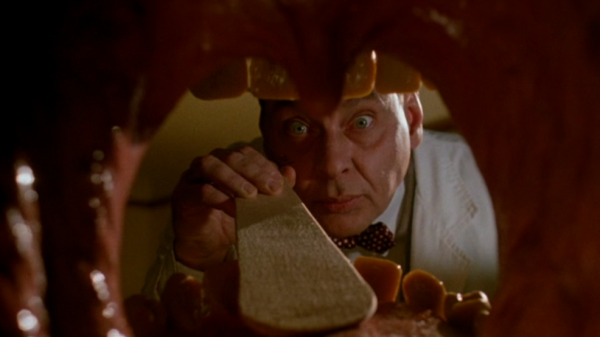

The tsunami of slasher flicks that flooded multiplexes with teenagers eager to see members of their generation decimated on-screen in a variety of increasingly gruesome ways had ebbed by the early ‘90s, but writer-director Manny Coto (later a Star Trek franchise showrunner), co-writer Graeme Whifler, and co-producer Richardson had a different idea in appealing to a similar young-skewing audience. Instead of duplicating the tired tropes of maniacs-with-hatchets, the Dr. Giggles team created a self-aware parody of the genre, blending screams of laughter with those of terror, and substituting the usual lowbrow crazies with a demented doctor with a sharp scalpel and a sharper wit. Audiences didn’t know exactly what to make of the film — although Wes Craven successfully mined a similar approach with the more sophisticated and star-studded big-budget Scream four years later — and it departed screens quickly in 1992 (but has become a cult favorite in the intervening years).
GiggleOs (a term for the film’s fans that I’ll be sure to trademark by the time you’ve read this sentence) love the film for its gallows humor, but also recognize the comedy’s historical roots. The ghoulish giggles come straight from the pages of 1950s horror comic books, from titles published by legendary EC Comics like Vault of Horror, The Haunt of Fear, and Shock SuspenStories, and most famously by Tales From the Crypt, whose cynical tales of blood, guts, and ax-swinging lunacy were introduced by the wise-cracking Master of Ceremonies The Crypt Keeper. Kids in the ‘50s went wild for the 10 cent-gorefests, leading parents’ groups and politicians to clamp down on the fun in the name of curtailing juvenile delinquency; thanks to the famous jeremiad book by the busybody shrink Frederic Wertham, Seduction of the Innocent (1954), the comic book rivers of blood dried up by the middle of the decade, making the comics racks safe (and boring) once again.
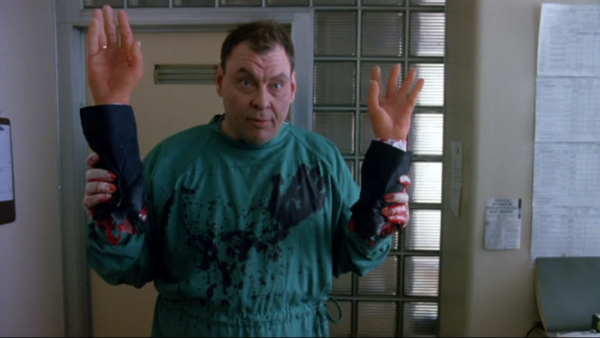

Dr. Giggles revives the Crypt Keeper’s brand of gruesome humor. Its plot is simple: the crazy son of a crazy heart surgeon seeks revenge on the small town that killed his dad (the old man had a bit of a murderous streak, you see), killing off teenagers, cops, old lady busybodies and anyone else who gets in his way. The lunatic fancies himself a physician who is curing the sick town — by murdering everyone in sight, that is — and stalking one teen girl in particular, who he thinks might mend his own broken heart (by removing hers, that is). The film’s technique is to make every word that comes out of the mouth of the villain (nicknamed “Dr. Giggles” for his weirdo laugh, but also as a clue to the movie’s comedic intent) some kind of medical joke; the film plays as a nonstop barrage of doctor gags and puns of varying levels of groanage. In the performance of many actors, Dr. Giggles might be a thankless, one-note role, but the film’s stroke of genius was casting the late Larry Drake, multiple-Emmy Award winner for his well-loved role as the developmentally challenged office assistant Benny in LA Law, in the lead. Cast against type as a highly verbal, irredeemably vicious murderer with all of the funniest lines, Drake luxuriates in the role, masterfully keeping the giggles flowing throughout the film up to his last-laugh finale as he turns to the camera, mortally wounded, and asks the audience, “Is there a doctor in the house?”
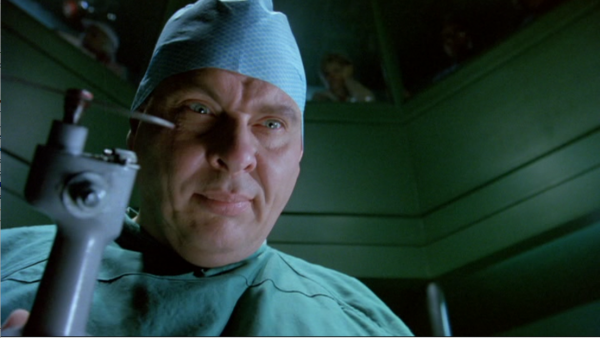

Part of Dr. Giggles’s sinister charm is that it takes place in a seemingly peaceful, average American town, whose biggest threat to placid banality are the horny high-schoolers who whoop it up on the weekends. The fictional town of Moorehigh is ably played by a handful of locations in Portland. The lovely Franklin High School (built 1912), whose hormonal high schoolers bear no resemblance to the actual students currently enrolled there (or so I’m told), features prominently in several scenes.
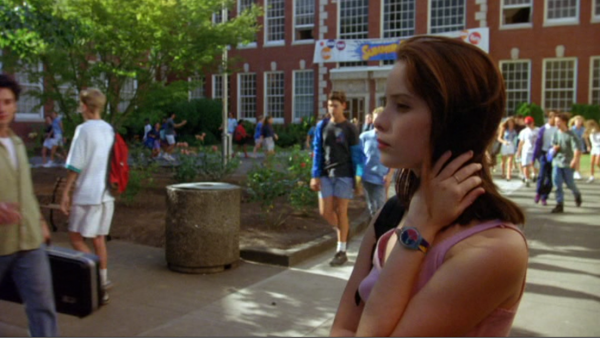

There are key moments of suspense set at Oaks Amusement Park in Southeast Portland, echoing and parodying movies that include Hitchcock’s Strangers on a Train and Orson Welles’s The Lady From Shanghai (particularly its funhouse hall of mirrors scene). But tourists can’t visit the most notorious location in Dr. Giggles, the haunted house the good (bad) doctor called home, anymore: the filmmakers built a decrepit haunted house as the lair of the murderous surgeon on a corner of Metzger Park in Tigard, but — spoiler alert! — blew the whole thing up for the finale of the movie.


Dr. Giggles opened as the #7 movie fifty years ago this week, made $8.4 million, and wound up at #101 for 1992 (making it a bigger earner than arthouse standards Mississipi Masala and Sarafina!, for whatever that’s worth). Two years later, though, no one would be associating Dark Horse with this tiny horror flick; The Mask opened in 1992, becoming one of the year’s biggest blockbusters ($120 million!) and solidifying Dark Horse Entertainment as one of Hollywood’s successful idea houses.
Watch: Dr. Giggles, available on DVD as part of Warner Bros’s “Twisted Terror” Collection. I rented mine from Movie Madness.
Visit: Next week we’ll be watching the Disney classic Halloweentown, but you’ll probably want to put yourself in the mood by visiting the town where it was shot, Saint Helens, Oregon before then. There’s a lot of stuff still going on this weekend!
- Written by Phil Oppenheim
